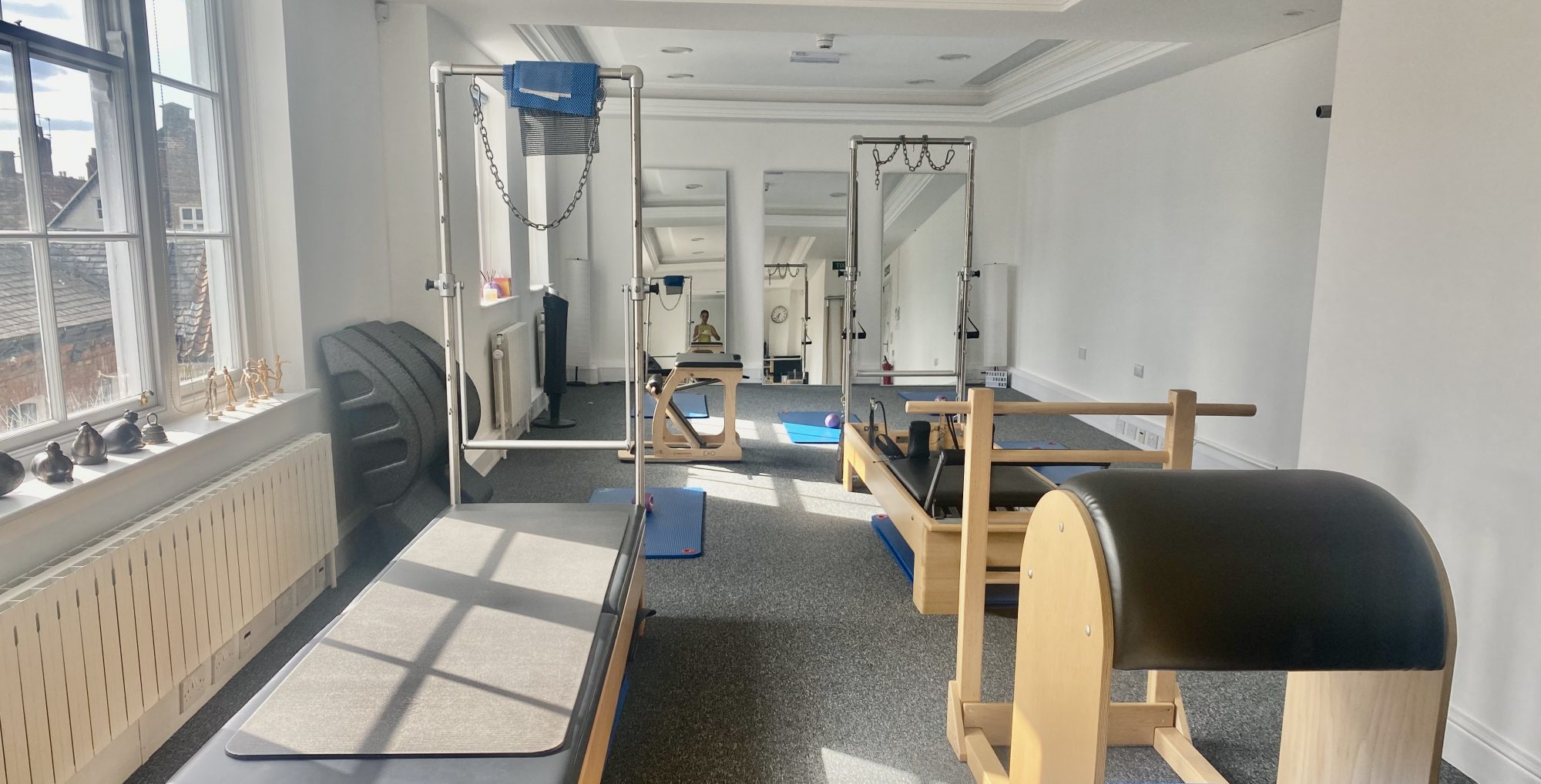I’m often asked for an exercise to ‘fix’ a problem. For example, someone recently came to Pilates class with a niggle in their upper back and asked if there was anything they could do to sort it out. I get it of course, I know if I ever have aches and pains I just want to find a rapid solution to get rid. But Pilates doesn’t work like that, it’s not a quick fix. My usual reply to the question is to lie down and relax on the floor with knees bent…and do your Pilates routine.
Pilates is a wonderful movement method so long as you take time to learn the basic repertoire and do some daily (we hope!) practice. It will keep you strong, supple and also give you time to relax and reflect. That’s not to say it’s a soft option. I often remind my classes that they aren’t here to do a relaxation class…although they will feel relaxed after their class because of the mental focus that needs to be applied coupled with the attention to their breath and their body as they perform each move.
With time and practice we expect to see progression: the exercises should become more challenging and be felt deeper into the body – that’s where a good teacher comes in to help you find the internal focus. The more I practice Pilates the more I understand that the method is not about a series of shapes and positions that we might be able to make with our body, Pilates, or any other movement method for that matter, is about the way we sense our position and our effort. I want to feel my whole body being involved in my movement, and how often to we have the time and awareness to do that? My hour or even 10 minutes of practice is all about feeling my breath, observing my muscles working, taking courage to move into places that are new and challenging to my body.
So, how does this ‘fix’ a problem? Pilates has a reputation as the ‘go to’ system for mending backs. Physiotherapists, doctors, surgeons have all sent their patients to Pilates to promote and sustain healing. Our body is completely interconnected via our fascia and our connective tissues: ligaments, blood, lymph, nerves etc. It is the ‘whole body’ nature of Pilates that supports self healing. It works!
